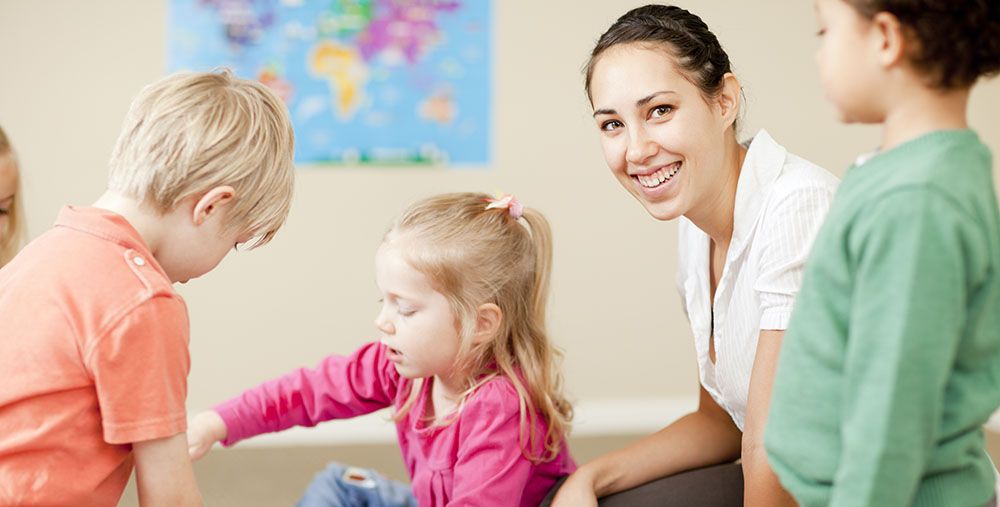What the Reggio Emilia approach can offer your child
Published on Wednesday, 24 July 2019
Last updated on Tuesday, 31 December 2019

If you're not familiar with Reggio Emilia you may think this is the name of a person. In fact, Reggio Emilia is a small city in northern Italy, and it was here that a local primary school teacher called Loris Malaguzzi and some parents took the lead in creating a new kind of learning approach after World War II.
The 'educational project of Reggio Emilia' saw an overhaul of the early learning system in that area and the eventual rise of innovative, municipally-funded, community-managed schools for infants and toddlers, and preschoolers.
This was not simply a local idea, however. From those post-war years to present day, the Reggio Emilia approach has influenced early education around the world, so let's look at what this thinking means for young learners.
What happens in the educational project of Reggio Emilia?
Going back to where it all began, schools in the educational project of Reggio Emilia use an innovative curriculum and teaching practice that views children as having extraordinary potential.
This potential needs to be unleashed, and to do this, children are given a wide range of learning experiences, materials and resources, and encouraged to question, reflect, problem-solve, theorise, experiment, and express their findings through 'a hundred languages'.
Of course, under fives don't have a hundred spoken languages. Instead, children have many ways to express their ideas and learning visually, such as through painting, sculpting, and drama, and these abilities are described as 'languages' in the Reggio Emilia world.
In this way, children are considered to be researchers, rather than rote learners, and Reggio Emilia teachers are seen as active listeners, co-learners and 'researchers within their own classrooms' who document the process and outcome of the children's work.
Overall, this learning approach empowers children to use their individual abilities and it views the classroom as a learning community that youngsters, educators and parents are all part of.
How do children and parents benefit from the Reggio Emilia approach?
A sense of inclusivity and empowerment underpins the Reggio Emilia approach.
Children are seen as capable, strong, creative and curious. They're respected as individuals within a group and are encouraged to:
- Share their experiences, ideas, theories and wonderings
- Explore these ideas and theories with their peers
- Ask questions at any time and be researchers
- Communicate in lots of different ways
- Develop skills and explore and express ideas without strict time pressures
Meanwhile, parents are valued as members of the learning community and encouraged to:
- Question, experience, contribute and embrace their children's learning
- Share their skills and knowledge
- Celebrate children's learning with the whole community
As would be expected, early childhood educators share this positive outlook. The first Reggio Emilia educators were searching for a new learning approach, and all these years on, Reggio-inspired teachers are still passionate about the capabilities, ideas and potential of their young children.
Where can you find local information about the Reggio Emilia approach?
Reggio Emilia Australia Information Exchange (REAIE) has lots of information and if you're looking for a Reggio-inspired early learning centre, then they've put together a number of questions to help you choose the right service for your child.
References
REAIE
Early Childhood Council
Early Childhood Australia
Related Articles

The Pikler approach to optimal early childhood development
Emmi Pikler's 7 key principles provide a framework for optimal child development in the early years.

The Steiner approach to early childhood education and care
Learn about the Waldorf or Steiner approach to early childhood education.

Child's play - Three theories you may not know
The interesting theories on child's play that you may not be aware of.
